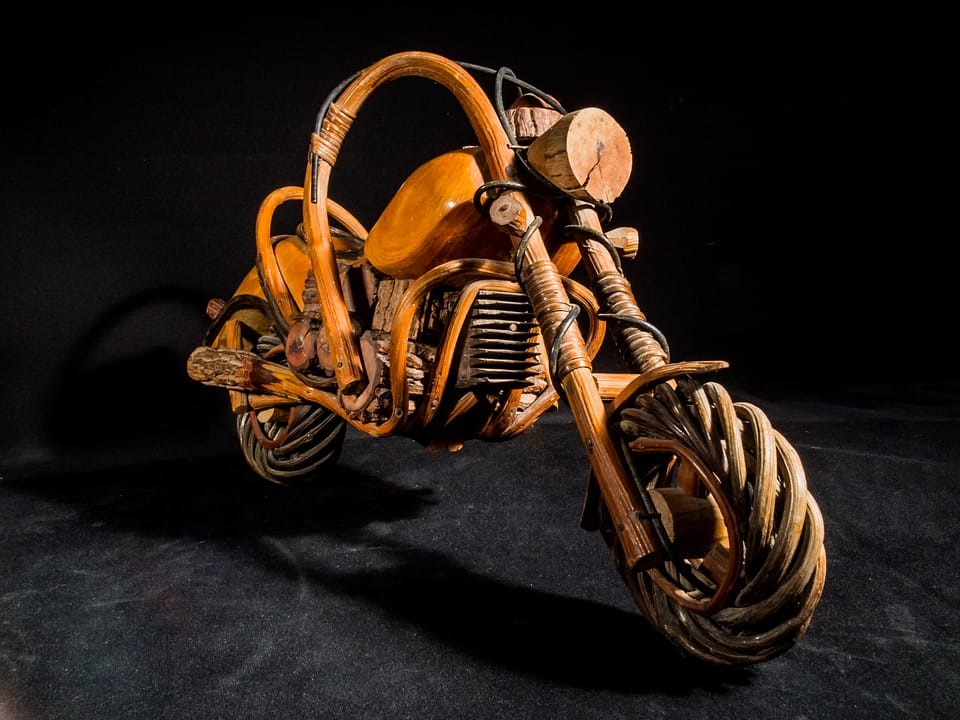The Art of Rarity: How to Determine the Value of a Limited-Edition NFT
In the world of digital art, non-fungible tokens (NFTs) have taken the art market by storm, offering a new way for creators to showcase their work and for collectors to own unique digital assets. With the ability to prove ownership and scarcity, NFTs have opened up new possibilities for art connoisseurs. However, with so many emerging platforms and artists, it can be challenging to determine the value of a limited-edition NFT. In this article, we’ll explore the art of rarity and provide a step-by-step guide on how to evaluate the value of a limited-edition NFT.
Understanding Rarity
Rarity is a crucial factor in determining the value of an NFT. It’s a concept that’s well-known in the world of collectibles, such as rare coins or trading cards, where scarcity significantly impacts a piece’s worth. The same principle applies to NFTs, where the limited availability of a particular artwork can increase its value.
To understand rarity, you need to consider the following factors:
- Total supply: How many copies of the artwork are available?
- Print run: How many copies of the artwork will be printed or minted?
- Unique traits: Are there any unique characteristics that set this artwork apart from others?
For example, an artist might create a limited edition of 100 NFTs, with 20 having a specific rare trait, such as a unique signature or a customized frame. The rarity of the NFT would depend on how many copies are available, as well as the availability of the unique traits.
Evaluating the Value of a Limited-Edition NFT
To determine the value of a limited-edition NFT, you’ll need to consider the following factors:
- Artist’s reputation and experience: The more established and successful the artist, the higher the value of their work.
- NFT’s provenance: Who has owned the NFT, and how has it been stored and displayed?
- Pristine condition: The condition of the NFT, including any defects or imperfections, can impact its value.
- Rarity: The availability of the NFT and the unique traits that set it apart.
- Market demand: The demand for the NFT and similar works by the artist.
- Comparable sales: How much similar NFTs have sold for in the past.
- Technology and platform: The quality of the platform and technology used to create and store the NFT.
By considering these factors, you can develop a comprehensive understanding of the NFT’s value. For example, if an NFT is created by a well-known artist, has a unique trait, and is part of a small print run, it’s likely to have a higher value than a more common NFT.
The Art of Rarity: Decoding the Value of a Limited-Edition NFT
To further complicate the process, NFTs can have multiple layers of rarity, making it challenging to determine their value. Here are some ways to decode the value of a limited-edition NFT:
- Layered rarity: Consider the layers of rarity in the NFT, including the artist’s reputation, NFT’s provenance, and unique traits.
- Statistical analysis: Use mathematical formulas to analyze the probability of bagging a specific NFT with a certain trait.
- Community sentiment: Research online forums, social media, and collector communities to gauge the demand for the NFT.
- Market data: Study the sales data of similar NFTs to determine the average price for a piece with similar characteristics.
Conclusion
Determining the value of a limited-edition NFT requires a deep understanding of the art of rarity. By considering the factors outlined in this article, you’ll be well-equipped to evaluate the value of an NFT. Remember to consider the artist’s reputation, NFT’s provenance, rarity, market demand, comparable sales, and technology and platform. By combining these factors, you’ll be able to determine the value of a limited-edition NFT and make informed purchasing decisions.
FAQs
Q: What is the difference between a rare NFT and a limited-edition NFT?
A: A rare NFT is one that has a low probability of being created, whereas a limited-edition NFT is one that has a specific number of copies released.
Q: How can I determine if an NFT is rare?
A: Research the NFT’s artist, provenance, and unique traits to determine its rarity. You can also study online forums and collector communities to gauge demand and market sentiment.
Q: What is the role of comparable sales in determining an NFT’s value?
A: Comparable sales, or recent sales of similar NFTs, can give you an idea of the market demand and what buyers are willing to pay for similar works.
Q: How do I store and display my NFT?
A: Most NFTs are stored on digital platforms or blockchain, and can be displayed online or through a digital frame.
Q: Can I buy and sell NFTs?
A: Yes, many online platforms and marketplaces allow you to buy, sell, and trade NFTs.
Q: What is the purpose of Hyper-Redundant Data (HRD) in NFTs?
A: HRD is a technology that ensures the uniqueness and authenticity of each NFT, making it tamper-evident and immutable.
Q: Can I create my own NFT?
A: Yes, many online platforms and tools allow you to create your own NFTs, giving you the opportunity to showcase your digital art and establish yourself as an NFT creator.
By understanding the art of rarity and the factors that impact an NFT’s value, you’ll be well-equipped to navigate the world of digital art and make informed purchasing decisions. Remember to stay up-to-date with the latest market trends and be selective when it comes to the NFTs you choose to buy and sell.

Leave a Reply